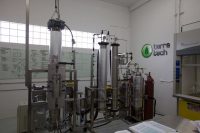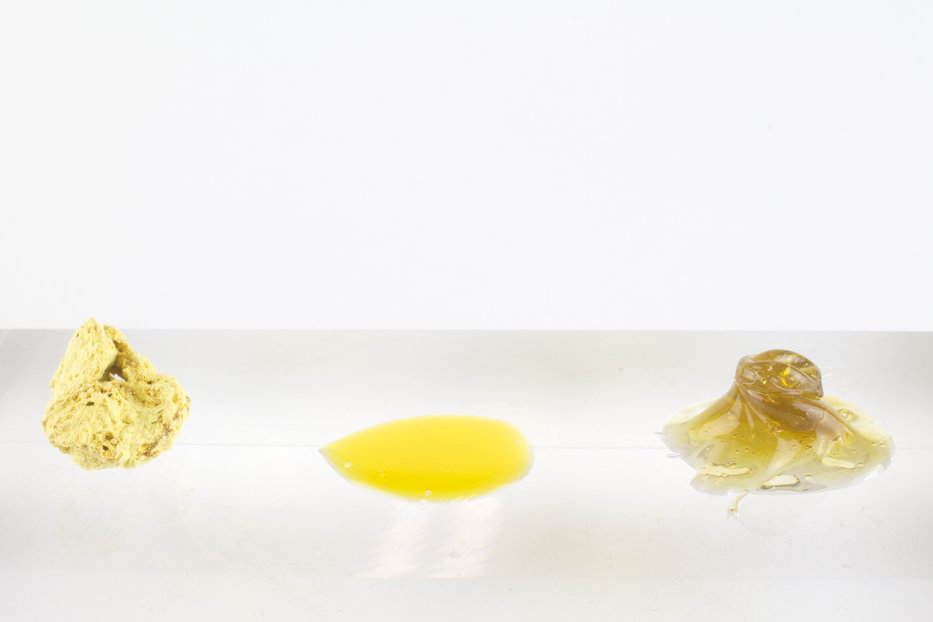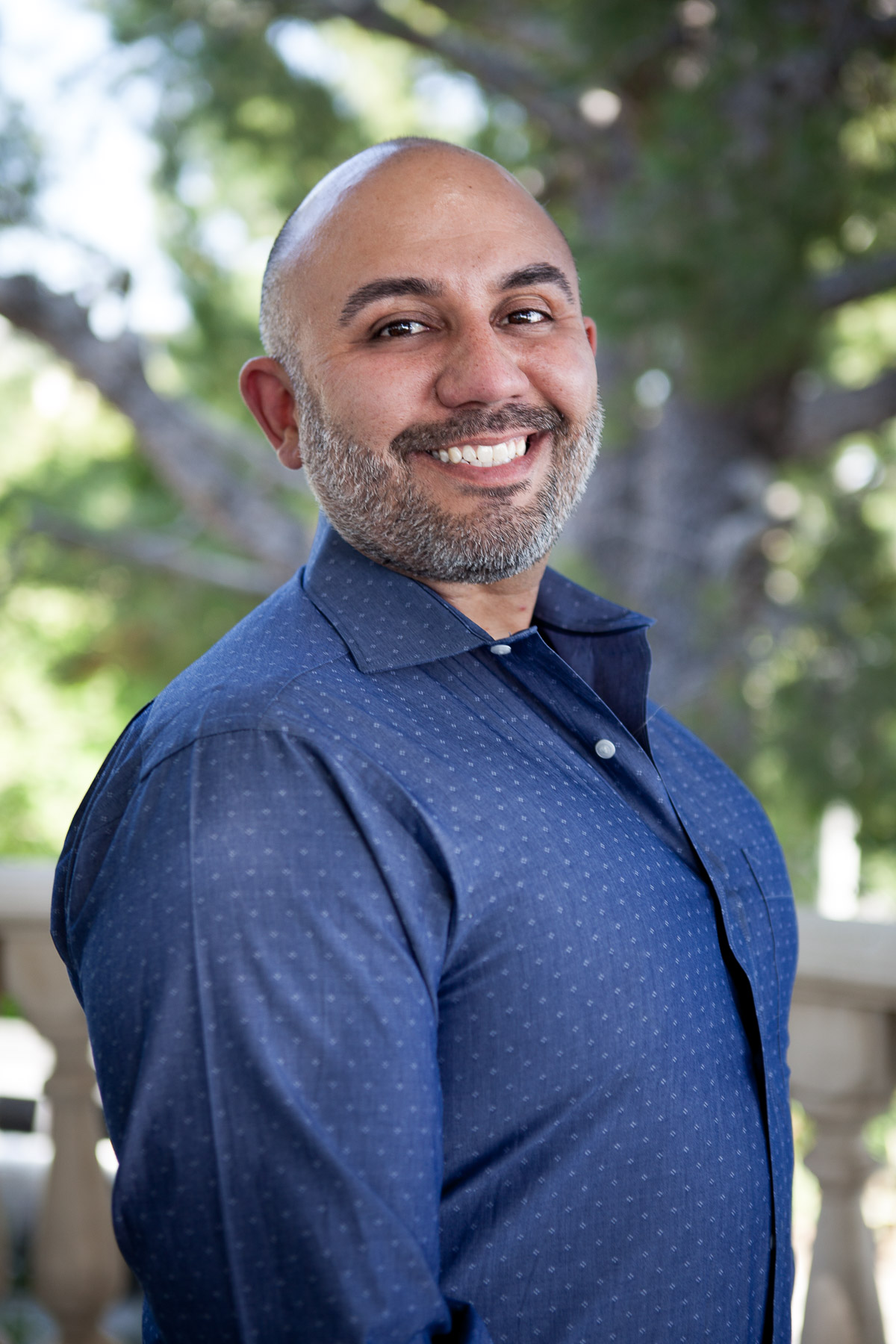Due to quick progressions in legalization, today’s cannabis industry bears little resemblance to the industry of five years ago. As the cannabis space gains mainstream acceptance, it resembles more “traditional” industries closely. In turn, how we consume cannabis has changed dramatically within this novel legal framework.
A brief visit to a cannabis dispensary quickly illuminates just how much the industry has changed in the past few years.
Within the dynamic of modern cannabis, perhaps no vertical has seen the same advancements as cannabis extracts. It’s precisely the growth of the concentrate category that has given rise to the many branded products that define the legal market.
To give a clear picture of how advancements in extraction have stimulated the concentrate category’s growth, we put together this brief exploration.
Standards & Technology
 Before legalization, the production of cannabis extracts was a shady affair done in clandestine and often dangerous ways. Especially concerning BHO (Butane Hash Oil), home-based laboratories have long since been notorious fire hazards. Even more, with a total lack of regulation, black-market extracts are infamous for containing harmful impurities.
Before legalization, the production of cannabis extracts was a shady affair done in clandestine and often dangerous ways. Especially concerning BHO (Butane Hash Oil), home-based laboratories have long since been notorious fire hazards. Even more, with a total lack of regulation, black-market extracts are infamous for containing harmful impurities.
In the few short years that cannabis has been legal in Nevada, Washington and other states, extract producers have adopted standards and technology from more professional arenas. By borrowing from the food and pharmaceutical industries, concentrate companies have achieved excellence undreamed of a decade ago.
Good Manufacturing Practices
One of the essential elements in the extracts vertical advancements is the adoption of good manufacturing practices. According to the World Health Organization website, “Good Manufacturing Practice (GMP) is that part of quality assurance which ensures that products are consistently produced and controlled to the quality standards appropriate to their intended use.”
When adult-use cannabis was legalized in markets such as Colorado, cannabis companies were able to come out of the shadows and discuss GMPs with legit businesses. In doing so, they implemented professional controls on extract manufacturing in accordance with “quality standards” of state regulatory agencies.
Supercritical CO2 Extraction
As cannabis businesses adopted GMP from other industries, extract producers also embraced more sophisticated technology. Of these, supercritical CO2 has pushed the cannabis concentrates vertical into the future.
 According to the equipment manufacturer Apeks Supercritical, “CO2 is considered to be a safer method of extraction because the solvent is non-volatile. The extract is purer because no trace of the solvent is left behind. It is also versatile and helps protect sensitive terpenes, by allowing cold separation.” By deriving methods from food production, supercritical equipment manufacturers have given cannabis companies a viable option for the commercial production of extracts.
According to the equipment manufacturer Apeks Supercritical, “CO2 is considered to be a safer method of extraction because the solvent is non-volatile. The extract is purer because no trace of the solvent is left behind. It is also versatile and helps protect sensitive terpenes, by allowing cold separation.” By deriving methods from food production, supercritical equipment manufacturers have given cannabis companies a viable option for the commercial production of extracts.
Supercritical technology has helped push the concentrates vertical forward by providing a clean and efficient way to produce cannabis extracts. Nonetheless, supercritical CO2 equipment is highly sophisticated and carries a hefty price tag. Producers can expect to pay well over $100,000 for commercial supercritical CO2 extraction setup.
Products
Just as standards and technology have evolved in the cannabis extracts vertical, we have also seen products rapidly mature. Notably, the legal environment has allowed manufacturers to exchange ideas and methods for the first time. In turn, this dialogue has led to the development of new products, like isolates and live resin.
Isolates
Just as the name implies, isolates are concentrates made from a singular, pure cannabinoid. In today’s market, CBD isolates have grown increasingly popular because people can consume pure CBD without ingesting other cannabinoids or plant materials, including the legal 0.3% THC found in hemp.
Isolates are made by further purifying cannabis extracts in the process of purification, filtration and crystallization. As seen with other concentrates, isolates are used as the base for many cannabis products, such as gummies.
There is also growing interest in CBG isolate, which is another non-psychoactive cannabinoid when consumed orally.
Live Resin
The cannabis concentrate live resin has taken the industry by storm over the past few years. Live resin is a form of extract that is originally sourced from freshly harvested and frozen cannabis plants. The primary selling point behind this extract is the fact that fresh flowers produce much more vibrant aromas and flavors than dried cannabis. Interestingly, this pungency is tied to the preservation of terpenes in live resin.

To make live resin, producers “flash freeze” fresh cannabis plants immediately after harvest. Valuable cannabinoids and terpenes are then extracted from the fresh, frozen plant material using hydrocarbon solvents. This whole process is done at extremely cold temperatures, ensuring no thermal degradation to the precious and volatile terpenes.
In lieu of these intricate steps to preserve the flower and extracts, live resin has continuously gained popularity. Namely because vaping with live resin is the best way to sample fresh cannabis terpene profiles in its most authentic fashion
It is amazing to see how much cannabis extracts have grown and progressed with legalization. Due to such amazing advancements in standards, technology, and products, the concentrates category has exploded on the dispensary scene. In today’s market, flowers have been largely sidelined in favor of concentrate-based products like gummies. These products now adorn dispensary shelves in beautiful packaging replete with purity and testing specifications.
It’s an often-overlooked fact that the purity standards of the legal extracts have made reliable cannabis brands possible in the first place. You cannot develop a cannabis brand without consistent products that customers can rely on; all things considered, it can be said that advancements in extraction have not only stimulated the concentrate category but the entire industry as we know it today.













